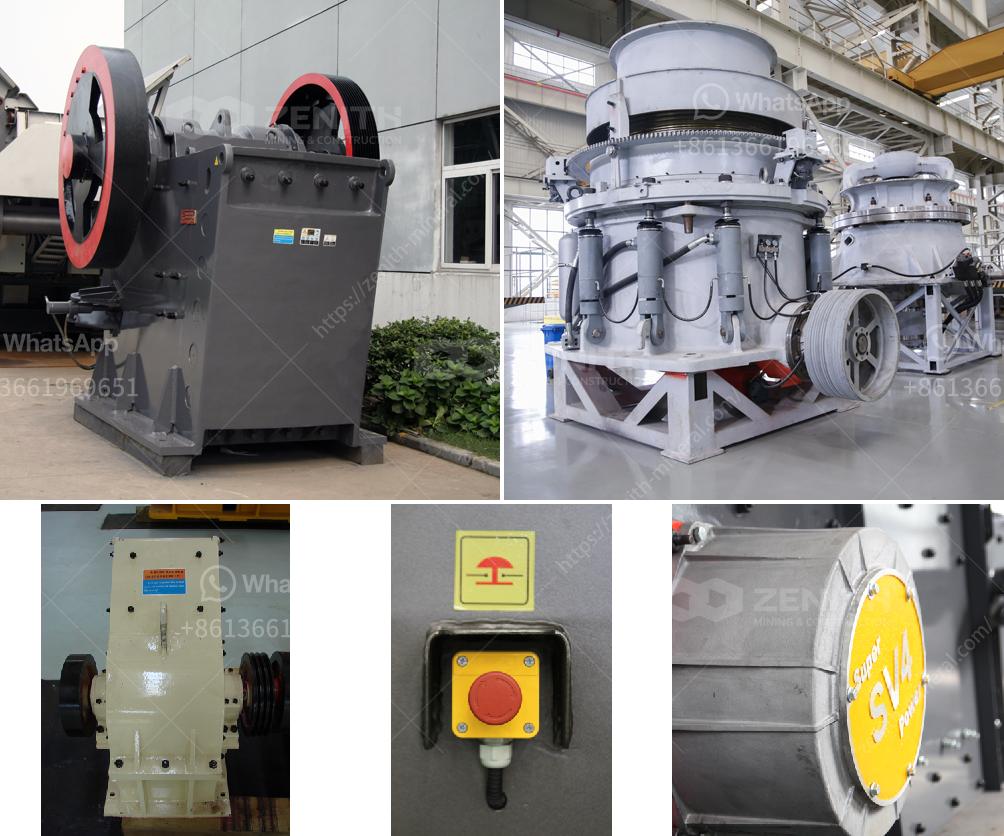In a calcium carbonate grinding milling plant, the key processes involved typically include:
Crushing: The raw calcium carbonate material, often limestone or marble, must be first crushed into smaller pieces to make it suitable for the milling process. This is typically achieved using crushers like jaw crushers or hammer mills.
Grinding/Milling: The crushed material is then fed into a grinding mill where it is ground into a fine powder. Several types of mills can be used for this purpose, including ball mills, vertical roller mills, and Raymond mills. The choice of mill depends on factors like the desired particle size, production capacity, and the properties of the raw material.
Classification: Once the material is ground, it needs to be classified to separate the fine particles from the coarse ones. This is often accomplished using air classifiers or sieving to ensure that the end product meets specific size requirements.
Coating (Optional): If the calcium carbonate is to be used in certain applications like plastics, papers, or paints, it might need a coating of stearic acid or another agent to improve its compatibility and functionality.
Quality Control: Throughout the process, quality control measures are implemented to ensure the final product meets the desired specifications. This can include particle size analysis, chemical composition testing, and checking for impurities.
Storage and Packaging: Finally, the processed calcium carbonate powder is stored in silos or packaged in bags for distribution and sale. Automated systems are often used to ensure efficiency and accuracy in packaging.
These processes must be carefully controlled and optimized to produce high-quality calcium carbonate suitable for various industrial applications.
